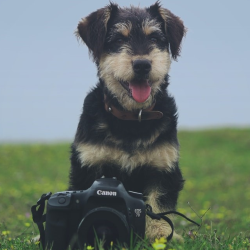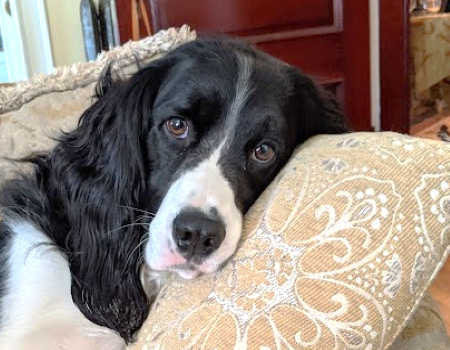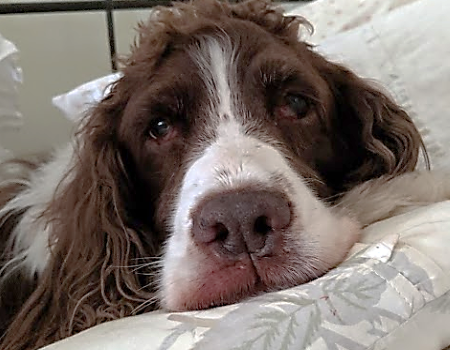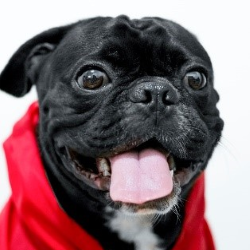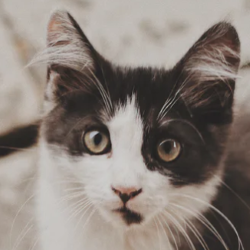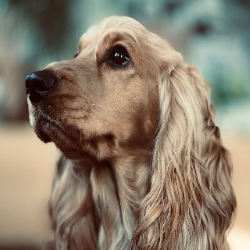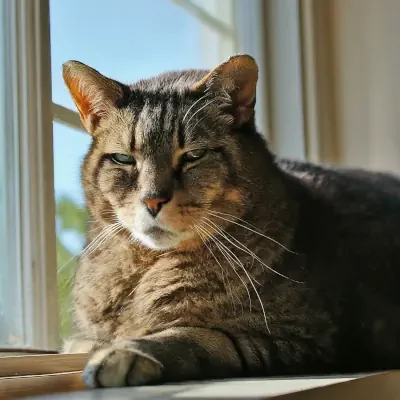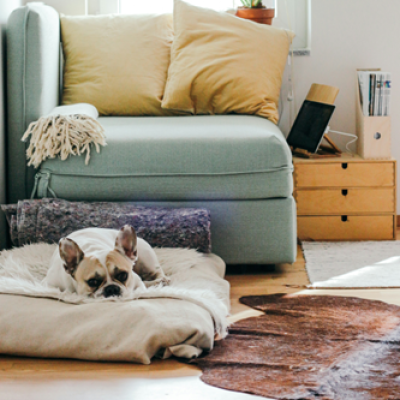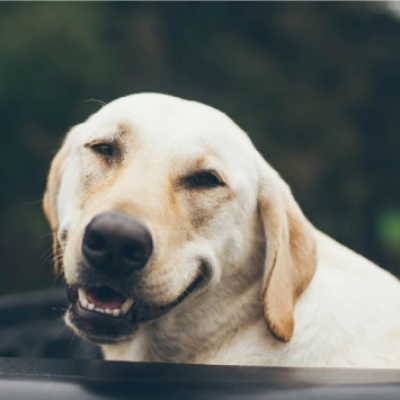Isn’t it usually the case…when you see the perfect picture of your cat or dog, by the time you are ready to take it, they move! I think it is a game they play. They stare at you with those engaging eyes and you believe they really understand when you say “stay”, that they will. NO! This hardly ever happens. I think it is their own game of hide and seek with us…utterly frustrating, that is, until you capture a few moments worth posting like these.
Her are some tips from various friends and professionals who always have winning pictures to share!
- If you use your cell phone. keep it defaulted to your camera and if your phone has a bypass option so that the camera immediately is available then make sure you use it. E.g. on my phone double tapping the power button makes the camera instantly available. That way you will not use valuable moments when the pose is right!
- No flash to avoid bright devil eyes that reflect the flash. Or be sure not to shoot directly into their eyes. Be sure pet is not back lit especially if you are outside.
- If you are using a traditional type of camera “Use a standard lens (50mm) or a zoom lens that covers the 28-70mm lengths. Turn the mode dial to AV (Aperture Priority) mode and select a wide aperture for a blurred background. Use spot metering and focus on the eyes – this area must be sharp – and avoid flash, if possible.” (Got this from a few good pet photographer blogs-I only know they are good as their pictures were great)
- To get your pet to look at you when you want them to; use a “human to cat translator and squeaky toy app on your phone to catch their attention, both apps are free. This helps to get them to look fun and full of personality.
- If you are indoors or out, even with natural light a flash can be key to filling in shadows and sharpening the image. Do not point the camera flash at the pet as you will capture lightbulb devil eyes and ugly shadows. Point your flash, if possible, at the ceiling so the light bounces up and down on the pet. Try not to use the camera’s built in flash.
- Always focus on the eyes, If the eyes are not in focus-no good! Do not let your camera auto-focus because it will typically default to focusing on what is closest which is typically the nose. You want to change focus to ‘SINGLE PONT” or manual focus.
- When cropping the photo, imagine it being divided into thirds and try to get the eyeballs placed in between the upper and middle portion of the picture. Get below the eye level with your pet. This adds warmth and emotion into the photo.
- To best way to capture a great pose from your pet, especially up close, is to change your setting to portrait and “burst mode” to quicken the speed at which the picture is captured with a point and shoot camera or phone, if you are able.
- I love this-If you use your flash correctly you can capture “catchlights” in the pet’s eyes which makes them appear more interesting, even angelic. Guess I did this by accident with my phone.
Our Chauncey and Daphne
Please share your tips and pictures with us
Linda and Barry


